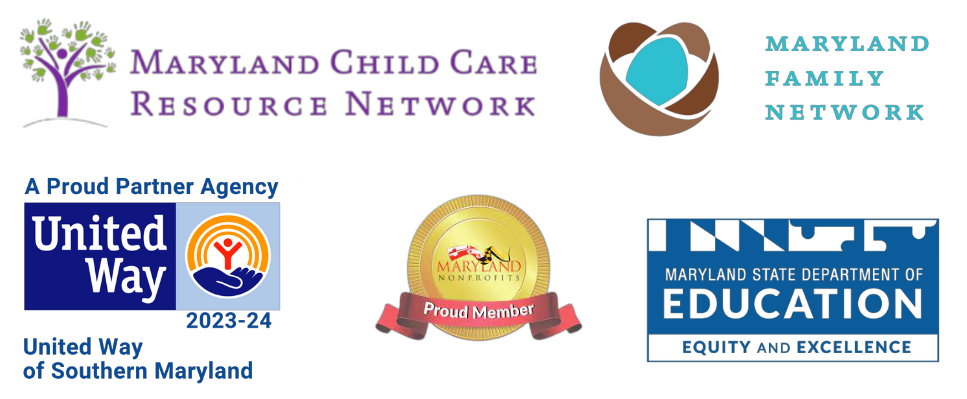The History of Father’s Day
The first known Father’s Day service occurred in Fairmont, WV on July 5, 1908, thanks to Grace Golden Clayton. The service was to celebrate and honor all fathers, especially the hundreds of men, Grace’s father included, who were killed during a devastating mine explosion in Monongah, WV the previous year. However, the observance did not become an annual celebration, and it was not promoted. In fact, very few people outside the local area knew about it.
In 1909, Sonora Smart Dodd of Spokane, Washington, was also inspired to create a holiday honoring fathers. Her father, William Jackson Smart, was a farmer and a Civil War veteran that raised Sonora and her five younger siblings all by himself after his wife died giving birth to their youngest child in 1898. While attending a Mother’s Day church service in 1909, Sonora, who was 27 years old at the time, came up with the idea.
In just a few months, Sonora convinced the Spokane Ministerial Association and the YMCA to designate a Sunday in June to celebrate fathers. She proposed June 5, which was her father’s birthday, but the ministers chose the third Sunday in June so they would have enough time after Mother’s Day to prepare their sermons. June 19, 1910, Sonora delivered gifts to handicapped fathers. The boys from the local YMCA decorated their lapels with fresh-cut roses. They chose red roses for living fathers and white roses for fathers that had passed away. The city’s ministers also devoted their sermons to fatherhood that day.
The widely publicized event in Spokane gained interest that reached all the way to Washington, D.C., and Sonora’s celebration started its journey to becoming a national holiday. In 1916, President Woodrow Wilson and his family personally observed the day. In 1924, President Calvin Coolidge signed a resolution in favor of Father’s Day “to establish more intimate relations between fathers and their children and to impress upon fathers the full measure of their obligations.” In 1966, President Lyndon Johnson signed an executive order that the holiday be celebrated on the third Sunday in June. Under President Richard Nixon, in 1972, Congress passed an act officially making Father’s Day a national holiday. Today, Father’s Day is celebrated all over the world in more than 50 countries.

